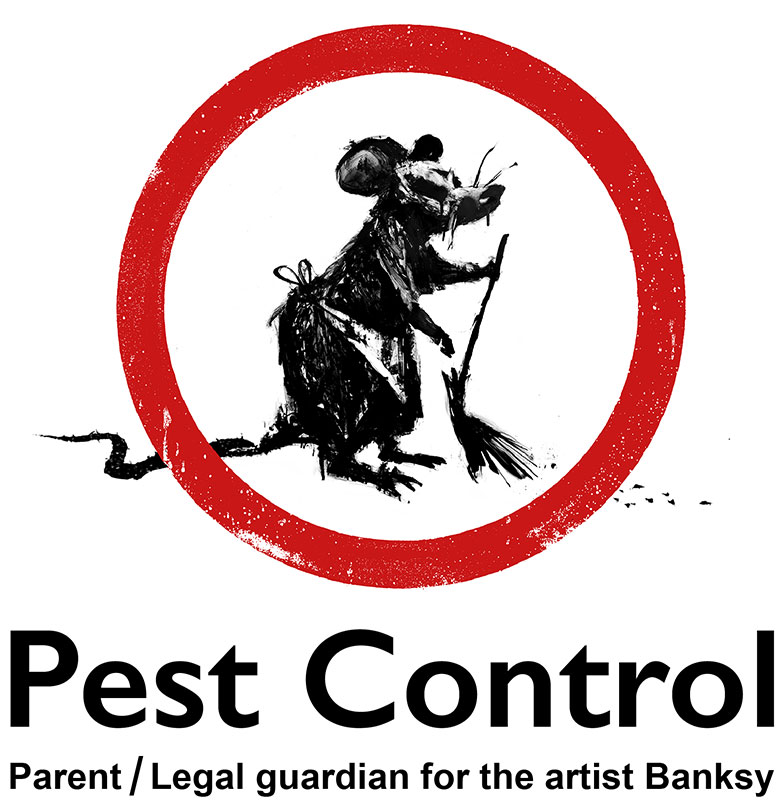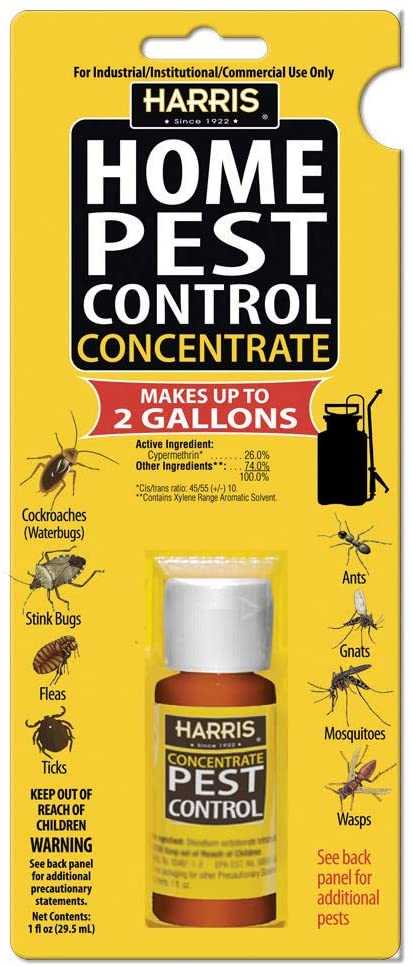Bed Insect Treatment Breakdown: Comparing Chemical Vs. Non-Chemical Solutions
In the world of insect control, especially when handling the consistent concern of bed insects, the selection between chemical and non-chemical treatment services can be a critical one. Both methods provide unique benefits and drawbacks, influencing elements such as performance, safety and security considerations, and general cost. By checking out the nuanced information of each method, a clearer understanding of which path to seek in attending to a bed pest invasion can be achieved.
Effectiveness of Chemical Treatments
Chemical therapies for bed bug problems have been widely recognized for their rapid and powerful effectiveness in removing these bugs. When thinking about the effectiveness of chemical therapies, it is critical to understand that they can provide a detailed and quick solution to a bed pest issue.
Additionally, chemical therapies have the benefit of supplying residual effects, indicating that they can remain to eliminate bed bugs also after the preliminary application. This residual action is specifically beneficial in combating any type of possible re-infestations. Furthermore, the rapid action of chemical treatments can bring alleviation to individuals facing severe bed insect problems, enabling them to regain control of their home quickly.
Safety Problems With Chemical Solutions
One important element that calls for cautious consideration when utilizing chemical remedies for bed insect therapy is ensuring the safety and security of owners and the atmosphere. While chemical therapies can be efficient in eliminating bed bugs, they may present dangers otherwise dealt with effectively. One of the key safety worry about chemical solutions is the potential damage they can trigger to human wellness. Exposure to specific chemicals used in bed pest therapies can cause respiratory system problems, skin inflammation, or other unfavorable reactions, particularly in individuals with pre-existing problems or level of sensitivities. Additionally, improper application or dose of chemical pesticides can lead to hazardous deposits remaining in the cured area, posturing long-lasting wellness dangers to owners.
Furthermore, the ecological effect of chemical options is another significant consideration. Some chemicals made use of in bed insect therapies may be dangerous to helpful pests, wildlife, and ecological communities if they seep right into the dirt or water supply. It is vital to utilize chemical treatments judiciously, complying with safety guidelines, and taking into consideration much less hazardous options to alleviate these threats and guarantee the safe and reliable management of bed bug problems.
Benefits of Non-Chemical Approaches
Taking into consideration the potential safety problems and ecological influence connected with chemical solutions for bed pest therapy, discovering non-chemical approaches presents an appealing alternative with several distinct benefits. Non-chemical approaches supply a safer option for families, particularly those with youngsters, individuals, or family pets conscious harsh chemicals. These approaches get rid of the dangers of exposure to hazardous visit the site substances, lowering the possibility for unfavorable health and wellness results. Furthermore, non-chemical therapies are environmentally pleasant, as they do not contribute to air or water air pollution, making them a lasting choice for parasite control.
Additionally, non-chemical remedies can be effective in targeting bed bugs, including hard-to-reach locations where chemical treatments might not permeate - A1 bed bug exterminator charlotte. Approaches such as warm therapy, vacuuming, steam cleansing, and mattress coverings provide comprehensive removal without the usage of unsafe chemicals.
Limitations of Non-Chemical Treatments

Furthermore, non-chemical therapies commonly call for their explanation multiple applications to attain successful eradication. This can be taxing and may not always ensure total elimination of all bed pests and their eggs, especially in hard-to-reach or surprise locations.
In addition, the success of non-chemical treatments greatly depends on proper application and thoroughness, which can be challenging for individuals without expert experience. Inadequate application of non-chemical techniques might cause insufficient elimination, leading to persistent invasions and the requirement for added therapies.
Consequently, while non-chemical therapies have their advantages, it is important to recognize these limitations and consider them when identifying the most effective technique for handling bed insect infestations.
Expense Comparison: Chemical Vs. Non-Chemical Options
Provided the restrictions associated with non-chemical treatments, an essential aspect to assess in the context of bed bug administration is the cost contrast in between chemical and non-chemical choices. Chemical therapies commonly entail the application of insecticides by experts, which can range from $250 to $900 per room, relying on the severity of the problem and the dimension of the area to be treated. In contrast, non-chemical therapies like warmth therapy or heavy steam can be a lot more costly, with expenses ranging from $1,000 to $6,000 for a whole home. While the first cost of chemical treatments may appear lower, numerous therapies might be required to totally remove click here to read the problem, possibly raising the total price. On the various other hand, non-chemical options may offer a much more environment-friendly and sustainable remedy, although they can be cost-prohibitive for some people. Inevitably, when thinking about the cost of bed bug treatment choices, it is vital to evaluate the upfront expenses versus the effectiveness and lasting sustainability of the chosen technique.
Verdict

Considering the potential safety and security issues and ecological effect connected with chemical options for bed pest treatment, exploring non-chemical approaches provides an appealing alternative with numerous distinctive benefits.Given the restrictions linked with non-chemical treatments, a crucial facet to evaluate in the context of bed pest administration is the price contrast between chemical and non-chemical options. In comparison, non-chemical treatments like heat treatment or vapor can be more costly, with expenses varying from $1,000 to $6,000 for a whole home. While the first price of chemical therapies might appear lower, several therapies may be needed to completely eradicate the infestation, possibly raising the general price.In final thought, when contrasting chemical and non-chemical bed pest therapy options, it is essential to consider effectiveness, safety, advantages, limitations, and cost.